Earlier finds from here have shown how the cave - in mountainous Altai region - was shared in prehistoric times by three groupings, early Homo sapiens, the more advanced (at the time) but extinct Denisovans and the Neanderthals, also long gone.
A tiny fragment of bone now proves that girl of around 13 was the result of an unexpected match between a Denisovan man and a woman from the more primitive Neanderthals, scientists reported in Nature journal.
Here we look inside the remarkable cave which - as this scientific breakthrough was announced - remains a hive of activity with archaeological researchers painstakingly scouring the dirt floor for yet more jaw-dropping discoveries.
Our video and pictures take you into the limestone cave that is a remarkable shrine to the evolution of modern man.
Not only the Denisova Cave was home to 'Denny' 90,000 years ago, but to even earlier humans and before them animals going back 288,000 years.
A decade ago a tiny finger bone fragment of so-called 'X woman' was discovered, a young female who lived around 41,000 years ago, analysis of which indicated that she was genetically distinct from both Neanderthals and modern humans.
This was evidence of the existence of the Denisovans, named after the cave, later enabling scientists to prove that their DNA lives on today especially - of all places - in native populations of Papua New Guinea and Australia, thousands of miles away from Siberia.
In the cave, too, was found the world's oldest bracelet - made from stunning green-hued chlorite - not by Homo sapiens but Denisovans and now firmly dated at around 50,000 years old, using techniques more common to 12,000 years ago, say scientists.
A remarkable bone needles - still useable after 50,000 years - was also unearthed here.
Each summer the search goes on for more.
One scientist - Professor Alexander Agadzhanyan - has been coming to this remarkable site for 35 years and he speaks enthusiastically of the latest finds on the day we visited in July - including a bone from an extinct woolly rhinoceros, hunted by ancient cave residents.
Inside the cave, some 670 metres (2,198 feet) above sea level, a straggle of tourists venturing to these remote parts look in awe from a viewing platform at a place that has been home to people for so long.
Behind a screen, though, the scientific hunt goes on for yet more secrets on the origins of modern humanity.
Whispers are heard from crouching archeologists busily digging through layers of illuminated soil for the left behind remnants of our forbears.
Research fellow Maksim Kozlikin explained: 'We divided the area into squares with the size 1x1 metre.
'Each square we subdivided into two parts.
'Over there you see people carefully removing all the ground from the square, layer by layer. Each thin layer is about 4 cm.
'If they see any big find - implements or bones, they leave it in its place, and carefully clean it.
'We take pictures of each find, draw the location and measure the angle to understand if the find was replaced or moved.
'If it lies at an angle to the surface, we suggest that the find and the layer was somehow disturbed.
'If the finding lies horizontally, we see that the layer was not disturbed. All the measurement we put on excavation site plan, with the exact coordinates.
'Here no more than two can work, these two researchers are very slender ladies, but still there is not enough space.'
Regularly the buckets of soil they fill are sent by an aerial cable to cleaners on the bank of the Anui River some 28 metres (92 ft) below.
Each one may contain tiny bones of former residents, or their prey, or their tools or treasures.
Every bucket carries labelling indicating the layer and grid square in which it was found: information that indicates its probable age.
As empty buckets are returned by cable up the mountain, sieves are used to wash the latest finds in the fast-flowing river.
From here, each fresh collection of finds is sent to the nearby archeologists' village where Professor Mikhail Shunkov, author and co-author of more than 450 scientific papers, and other eminent Russian scientists - often visited by foreign guests - are on hand to examine the latest discoveries and supervise further analysis.
The detective work that has unlocked such discoveries here is testimony to multidisciplinary collaboration by academics, an approach stressed by Prof Shunkov, head of the Institute of Archeology and Ethnography, of the Siberian Branch of the Russian Academy of Sciences.
Here, too, we met Professor Agadzhanyan, Head of the Mammal Laboratory of Moscow Paleontological Institute.
'It is clear as shown by our molecular research that ....there was a family where the mother was Neanderthal, the father was Denisovan,' he said. 'This is a very interesting, exotic research...
'How could these two different early humans breed?
He joked: 'Well, it must be that attitude of their parents was quite liberal to allow them to do that.'
Dr Anatoly Derevyanko, former head of the institute, recently recalled the extraordinary moment - with "global implications" - that the Denisovans were discovered a decade ago.
'After I passed a fragment of a human phalanx found in Denisova cave in Altai to Professor Svante Paabo, the sequencing of mitochondrial and then nuclear DNA showed that it wasn't a Neanderthal or Homo sapiens but a new ancestor species of Homo,' he said.
'Paabo said that when he got a phone call from the laboratory in Leipzig, he was out of Germany at that moment, and he was warned: 'Svante, if you're standing now, sit down. We'll tell you something overwhelming'.
'The find was made in cultural layer/level 11-2.
'Later this and other horizons produced more fragments of organisms, tools and other items related to 'Denisovan man' - as we started calling them.
'After some time more finds were made in the same cultural layers/levels, and after DNA analysis they showed that Neanderthal lived in the cave together with Denisovan.
'I expressed two hypotheses.
'The first was antagonistic: when two species compete to the extent of extermination and even cannibalism. The argument in favour of this is the absence of Neanderthal items in the Denisova cave, only their remains....
'The second hypothesis is that they had complementary relations to the extent of cross-breeding.
'The latest discovery favours this version.
'A tiny fragment of bone, so tiny that it has not been established yet where in the skeleton it comes from, was found in the same layer/level 11 in 2016.
'Sequencing of DNA obtained from the little bone showed that it was a girl at least 13 years of age, and she was a hybrid of Neanderthal and Denisovan.'
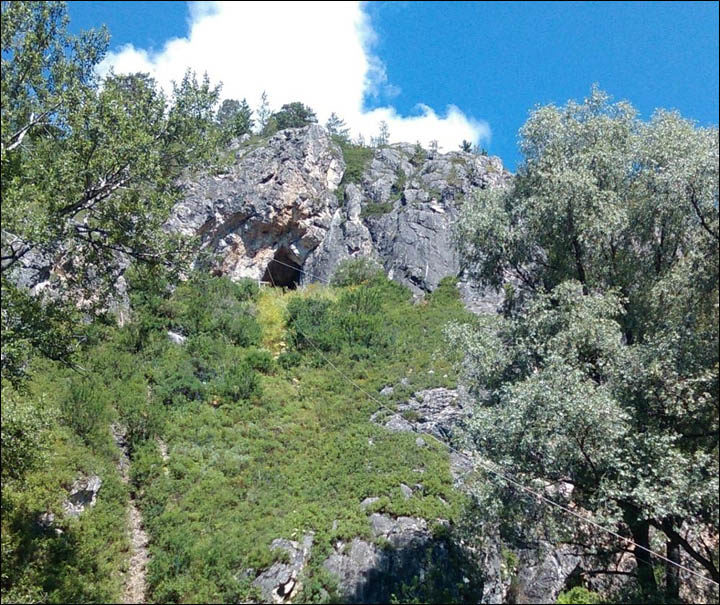
'The earliest Upper Paleolithic finds in the Middle East are dated 48,000-47,000 years ago, our finds in Altai are older than 50,000 years.'
His theory is that the harsh Siberian conditions acted as a spur to cultural development.
'Rather harsh and changeable natural conditions forced Denisovans to be more adaptive than, for example, their contemporaries in Europe and South East Asia.
'The material culture of Denisovans is a wider set of tools compared to tropics or subtropics where humans could feed on plant food nearly all year and hunting was a side activity.
'Wild growing plants contributed to 10%-15% of the Denisovan diet in two to three summer months.
Comment: If plants were available for only 3 months of the year, how would the giant herbivores, like the mammoth, survive? It's highly likely the that the climate was very different in Siberia back then:
- Of Flash Frozen Mammoths and Cosmic Catastrophes
- Mammoth site is over 100,000 years older than previously thought - And the climate was warmer than it is today
'The rest of it depended exclusively on hunting which requires developing cognitive abilities: communication, group activities, passing on experience and so on.
'Tools that are tied to Denisovans were also found at open-air sites, for example, in Karama.
'This required skills for building quite warm dwellings.
'But the key indicator of progress are changes in technology for manufacturing stone and bone tools and various types of jewellery from stones, bones and shells.'
The finds indicate the Denisovan skills in developing new tools 'such as cutters and hole-making tools, use of new material -- bone.
'Fragments of at least ten [bone] needles have been discovered here, including a unique intact needle 8 centimetres long.
'Although hunting territories of the two groups (Neanderthals and Denisovans) were separate, they, as it is clear now, regularly contacted, including in a very intimate way.'
DNA analysis shows 'Denny's' chromosomes were a 50-50 mix of Neanderthal and Denisovan, two distinct species of early humans that split apart between 400,000 to 500,000 years ago.
'There was earlier evidence of interbreeding between different hominin, or early human, groups,' said lead author of the Nature study, Vivian Slon, a researcher at the Max Planck Institute for Evolutionary Anthropology.
'But this is the first time that we have found a direct, first-generation offspring,' she said.
'The very fact that we found this individual of mixed Neanderthal and Denisovan origin suggests that they interbred much more often than we thought," said Slon.
Paabo agreed: "They must have quite commonly had kids together, otherwise we wouldn't have been this lucky."
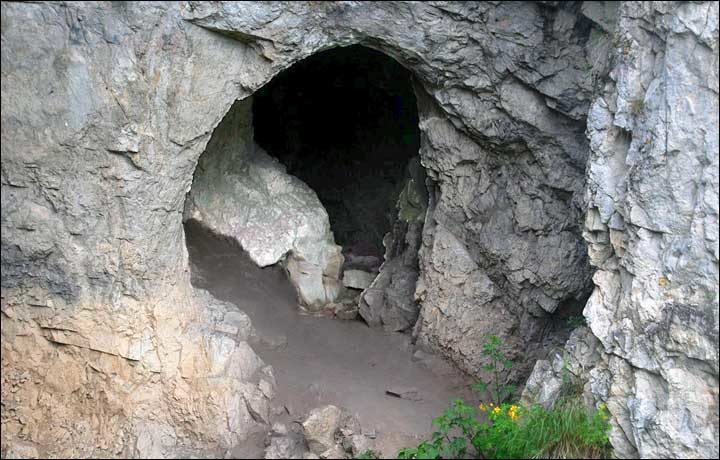
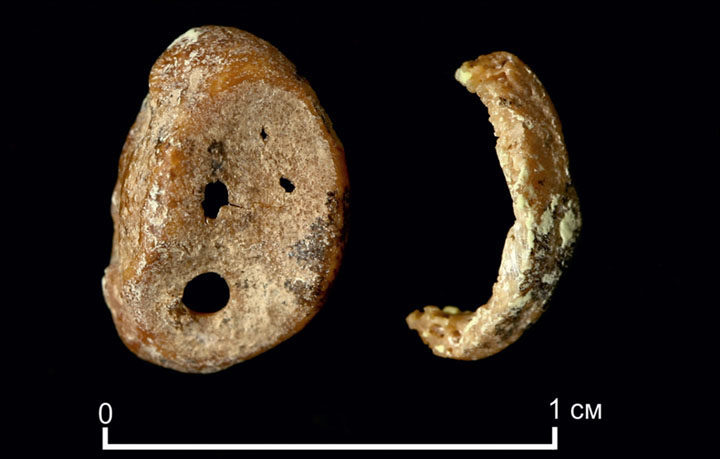
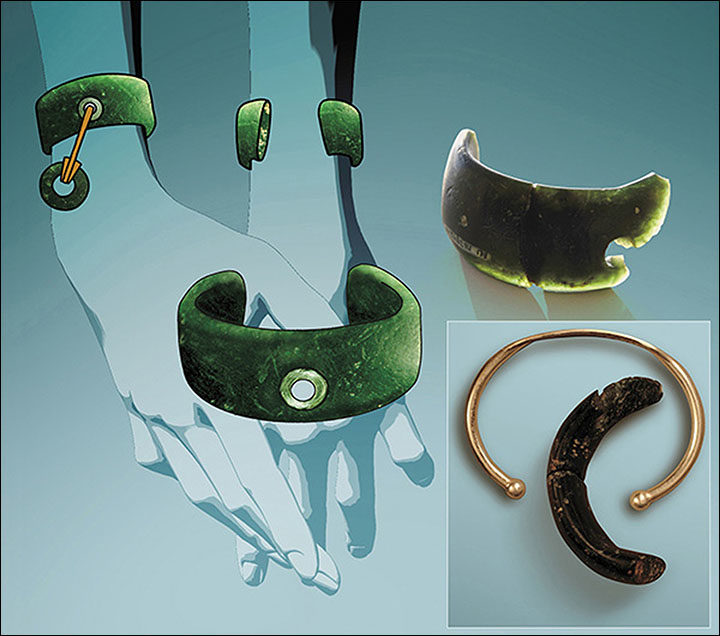
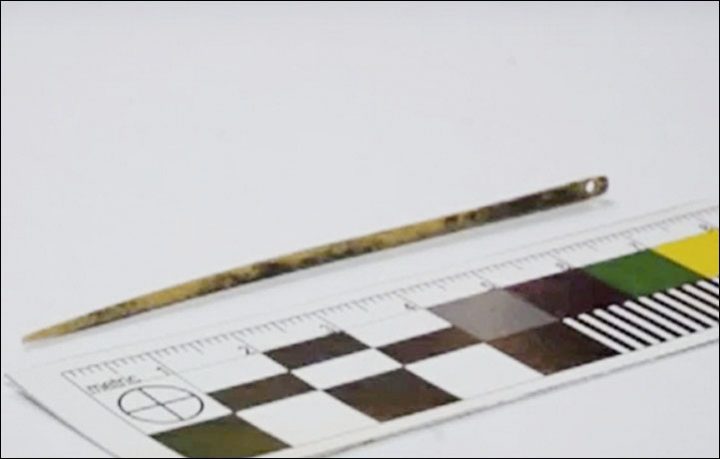
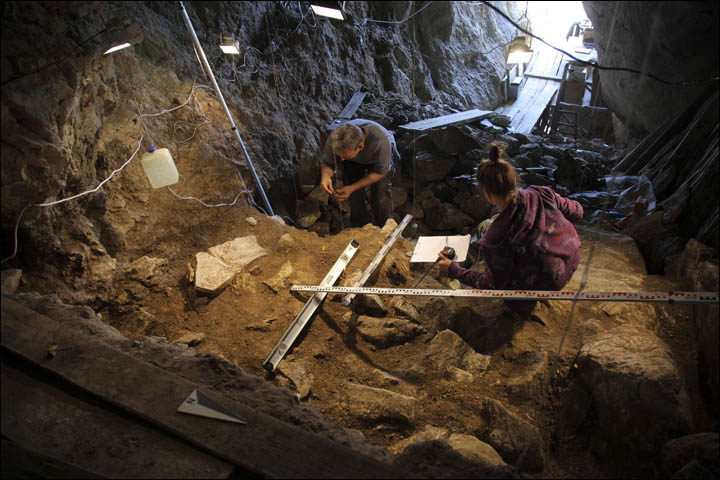
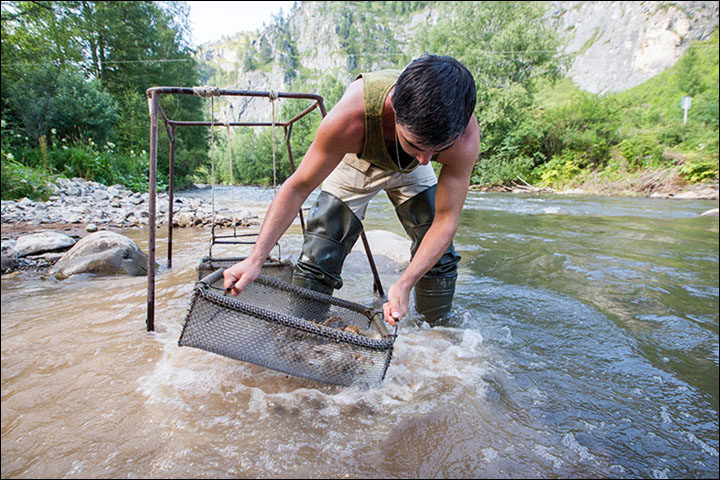
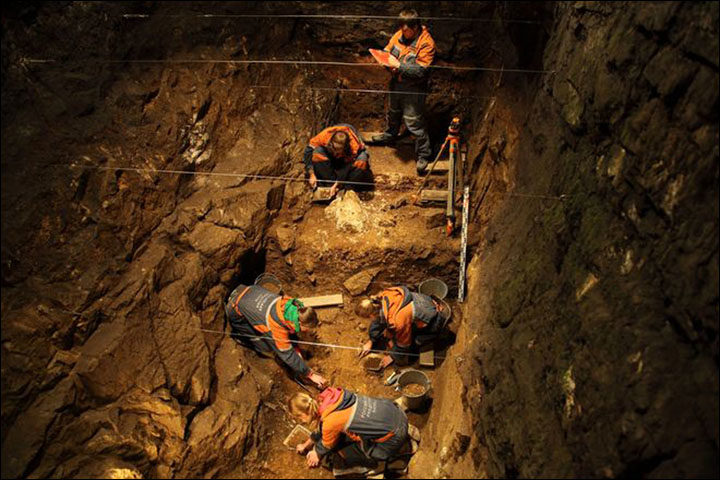
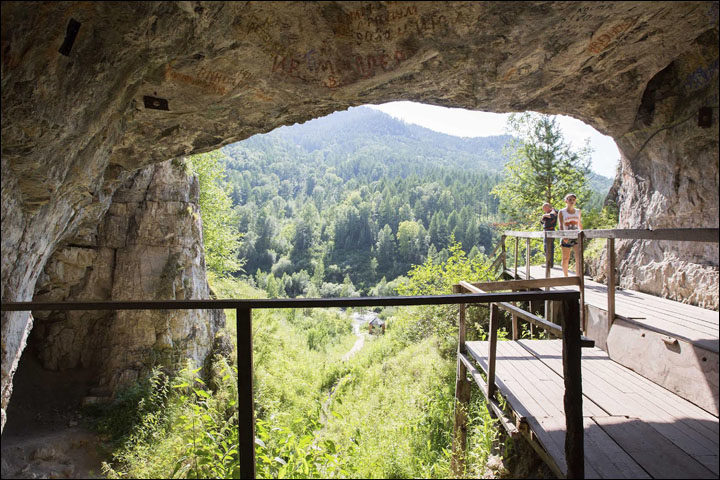
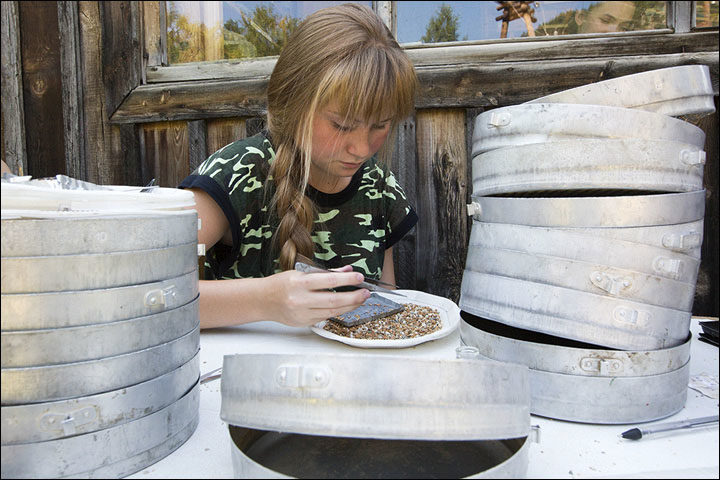
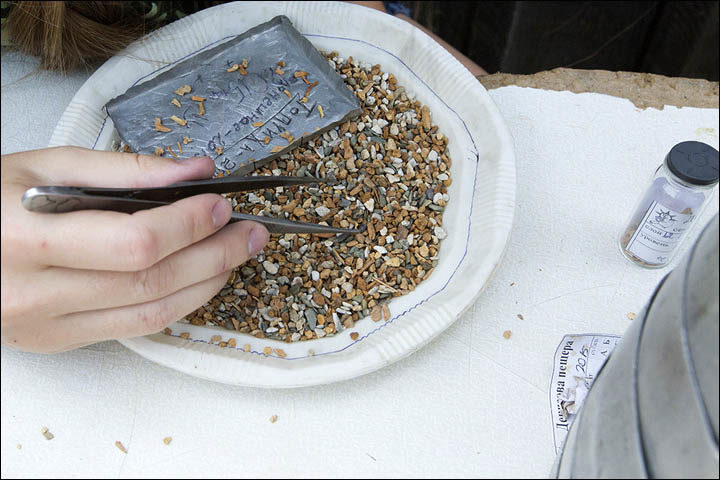
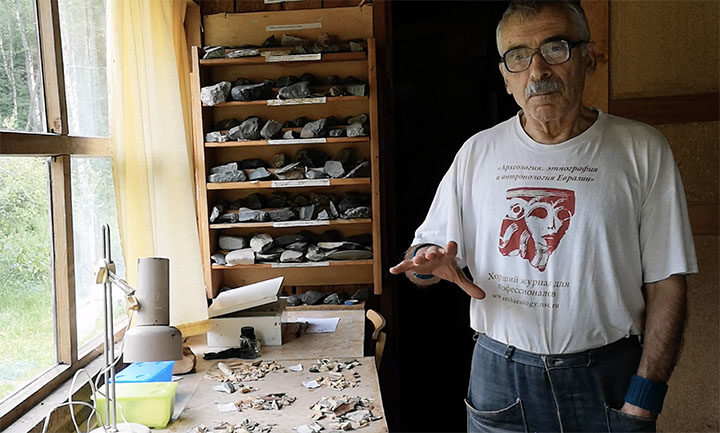
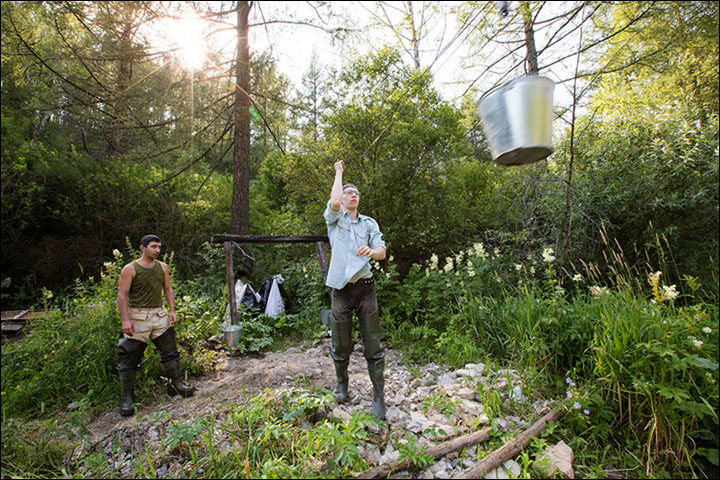
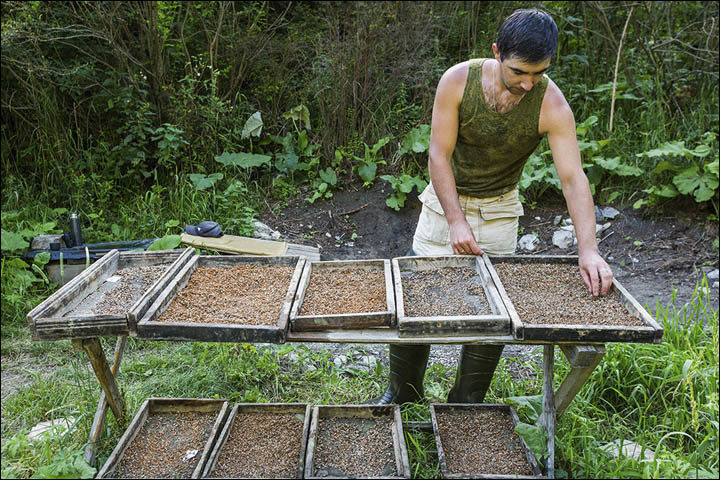
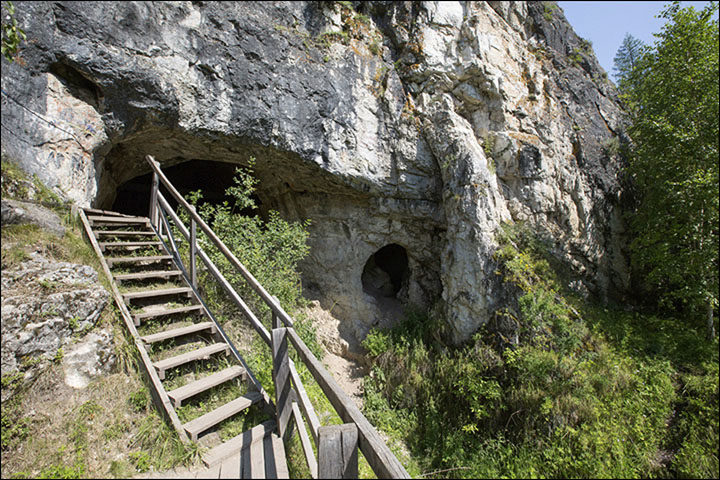
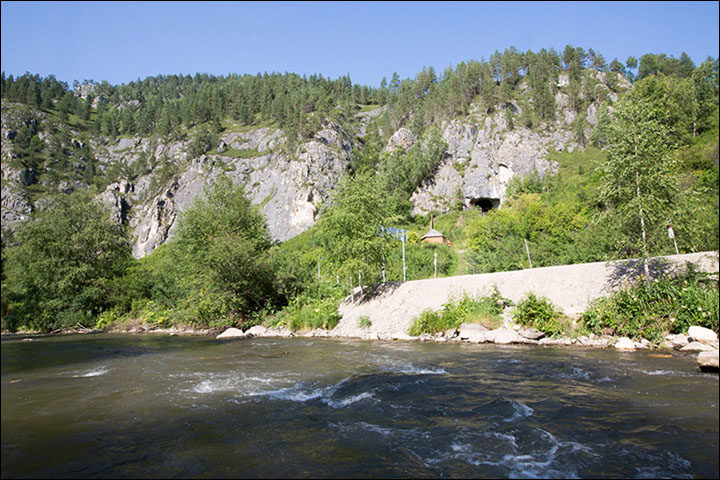
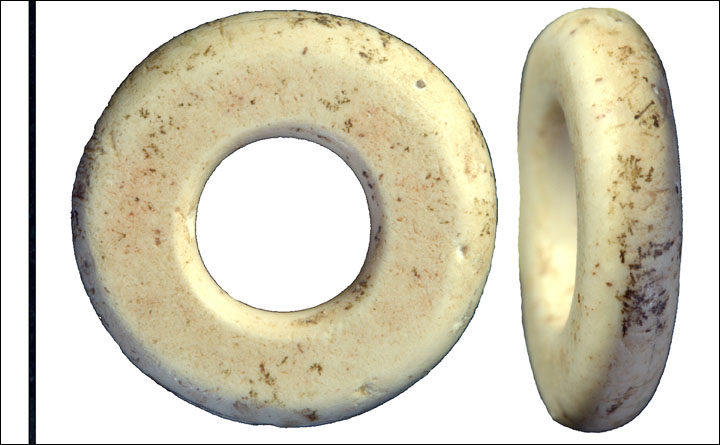
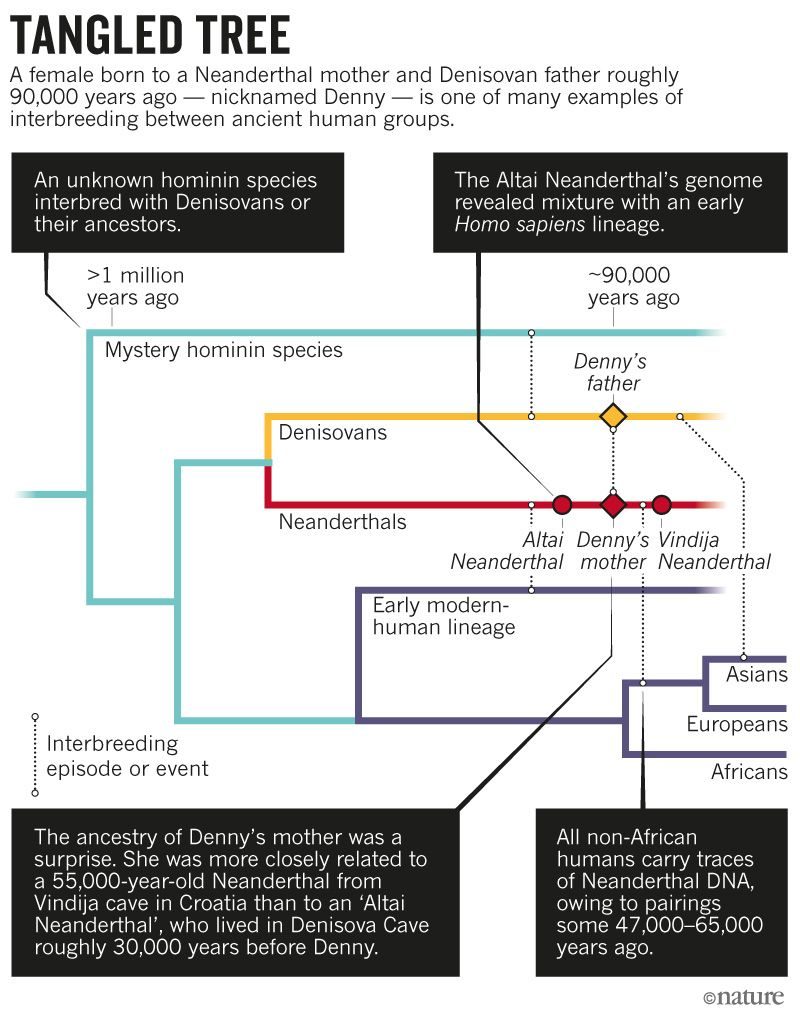



Regarding the mammoth comment: Altai mountains do have big populations of plant eaters right from ice age, with the notable exception of mammoths. These big mammals are horses, saigas (kind of deer) and reindeer. So maybe that would be enough for mammoths - or the conditions were a bit better then. Supposedly it was a refugium, despite these conditions. I think mammoths were more the plain dwellers, unlike mountain dwelling Denisovans and Neanderthals (and maybe homo sapiens too, because it also lived nearby).